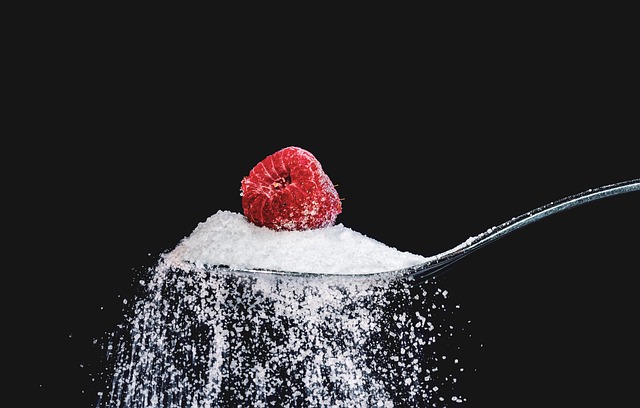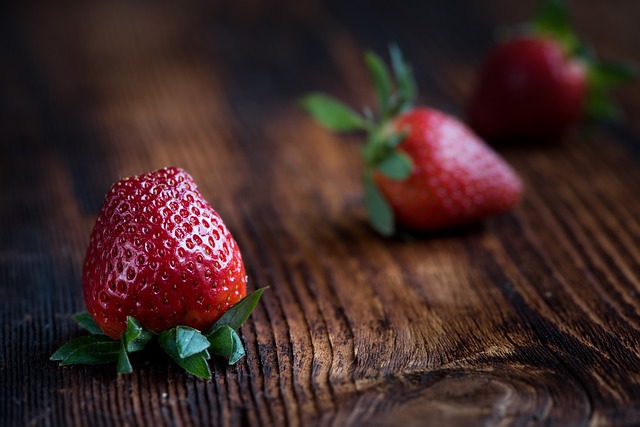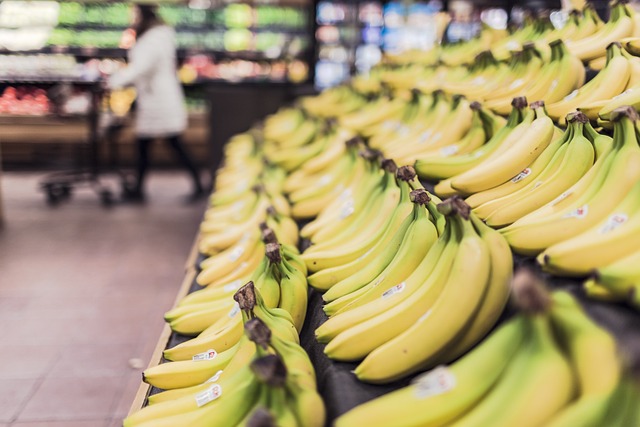From Yogurt to Kombucha: Exploring Delicious Ways to Incorporate Probiotics into Your Diet
Probiotics have gained immense popularity for their potential health benefits, particularly in maintaining a healthy gut. These live bacteria and yeasts can be found in various food sources and supplements, and incorporating them into your diet can have a positive impact on your overall well-being. In this article, we will explore some delicious ways to introduce probiotics into your daily routine.
1. Yogurt
Yogurt is perhaps one of the most well-known sources of probiotics. It is made from fermented milk and contains live cultures that promote a healthy digestive system. When choosing yogurt, opt for varieties that clearly state the presence of active or live cultures.
To make your yogurt even more nutritious, consider adding some fresh fruits, nuts, or seeds for added fiber and essential nutrients. A bowl of yogurt topped with berries and a sprinkle of granola makes for a delicious and probiotic-rich breakfast or snack.
2. Kefir
Kefir is a fermented milk drink similar to yogurt but with a thinner consistency. It is made by adding kefir grains to milk and allowing it to ferment. Kefir contains a variety of beneficial bacteria and yeasts, making it an excellent source of probiotics.
If you prefer a dairy-free alternative, you can also find kefir made from coconut milk or other plant-based milk. It can be enjoyed on its own or incorporated into smoothies for a probiotic boost.
3. Sauerkraut
Sauerkraut is a traditional fermented cabbage dish that originates from Germany. It is made by finely shredding cabbage and fermenting it with salt. The fermentation process gives sauerkraut its tangy flavor and makes it a great source of probiotics.
Sauerkraut can be enjoyed as a side dish or added to sandwiches and salads for an extra burst of flavor. Its probiotic content can help improve digestion and strengthen your immune system.
4. Kimchi
Kimchi is a Korean staple that has gained popularity worldwide. It is made by fermenting vegetables such as cabbage, radishes, and cucumbers with a blend of spices, garlic, and ginger. Kimchi is not only delicious but also packed with probiotics.
As a versatile condiment, kimchi can be enjoyed in various ways. Add it to rice dishes, use it as a flavorful topping for grilled meats, or simply enjoy it as a side dish. Its spicy and tangy taste will keep your taste buds satisfied while providing a healthy dose of probiotics.
5. Kombucha
Kombucha is a fizzy and tangy fermented tea that has gained popularity among health enthusiasts. It is made by fermenting sweetened black or green tea with a symbiotic culture of bacteria and yeast (SCOBY). Kombucha contains a variety of probiotics and organic acids.
You can find a wide range of flavors available in stores or even try brewing your own kombucha at home. Remember to start with small quantities and gradually increase your intake as too much kombucha may cause digestive discomfort.
6. Miso
Miso is a traditional Japanese seasoning produced by fermenting soybeans with salt and a fungus called koji. It has a savory and slightly salty taste, making it a versatile ingredient in various dishes.
Use miso paste to make flavorful soups, marinades, and dressings. Its probiotic content can contribute to a healthy gut microbiome and enhance the overall flavor of your meals.
7. Tempeh
Tempeh is an Indonesian traditional soy product made by fermenting soybeans with a mold called Rhizopus oligosporus. It has a firm texture and a nutty flavor, making it a popular meat substitute for vegetarians and vegans.
Add tempeh to stir-fries, sandwiches, or salads for a plant-based protein boost and a dose of probiotics. It can be marinated or cooked in various ways to suit your taste preferences.
Remember, when incorporating probiotic-rich foods into your diet, it’s







